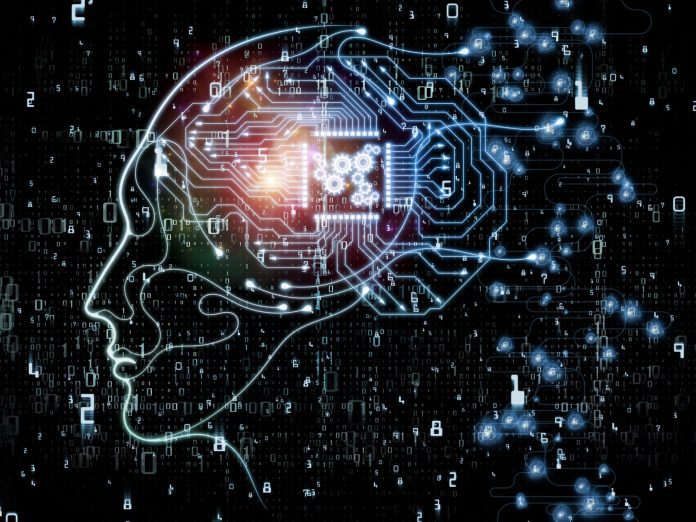AI will make expense reporting, sales, manufacturing and other work applications a lot more useful—and hopefully less annoying
It’s not just your home appliances that are getting smarter.
Artificial intelligence (AI) is making its way not only into homes via Internet-connected speakers, thermostats, and insert-your-favorite-kitchen-gizmo-here. It is also moving into your office via ever smarter business applications.
It’s not a question of if but when your handy office software will “learn” from your corporate interactions to streamline and expedite them.
Market researchers are all over this trend. For example, a new Evans Data report found that 58% of 498 corporate software developers surveyed are adding AI to their enterprise resource planning (ERP) software or have already done so. ERP is the often-complex software used by companies to manage their key inventory and manufacturing processes.
Further, in its recent Worldwide IT Industry predictions, IDC estimated that AI-driven business apps are growing at a robust 46.2% compound annual growth rate and are on track to hit $52 billion in revenue by 2021. By that time AI will “permeate enterprise applications” according to this Forbes report.
And, as systems integrator Accenture notes in its recent Future Systems report, companies now realize that the data they have on employees, product design, manufacturing, and sales is valuable if applied and analyzed correctly. In the past, crunching all that data in myriad ways would have been problematic. Not so in this new era where cloud-computing makes processing power and storage ubiquitous. That means, Accenture says, that data can be “operationalized.” That not only saves money by streamlining operations but potentially opens up new revenue streams.
Cleverly designed chatbots can help make that data actually useable.
Any employee who files expense reports knows it is not typically a delightful experience. Expense reporting is one example of a business application where chatbots use AI to “learn” from employees’ past interactions to make filing less annoying or at least faster. On the back-end the technology also tracks changing rules so if the employee runs afoul of a new or existing rule, it is quickly apparent.
For example, if Jane Doe puts in for reimbursement for a $400 lunch just for herself, a smart chatbot will react right away and request clarification, guiding her through the process of adding guests, or whatever else she needs to complete her expense report. Such immediate feedback can end the back-and-forth and frustration that so often accompanies expense report approvals.
Customer relationship management (CRM) applications can also be greatly enhanced with AI. Modern CRM systems provide sales reps lots of information about prospects gleaned from social network interactions and business profiles, as well as their past sales transactions.
It would be hard for any mortal to parse all that disparate information to determine the best approach to a would-be customer. That’s where AI can help. A smart system will analyze that data and make predictions about how likely a given prospect will be to react positively to a pitch; forecast future sales, and make recommendations about new approaches to that prospect.
An AI-based application can also save time and aggravation in scheduling corporate meetings because it can automatically check schedules for required guests and open conference rooms, says Michael Azoff, Distinguished Analyst for Ovum Research.
Cautionary tale from the consumer world
Business scenarios differ from the wide (sometimes wild) world of consumer interactions because they are deployed in smaller, more restricted corporate environments. That makes the chances of an AI chatbot going rogue less likely.
It is when you “expose your AI system to the world at large that the school boys wreak havoc,” says Azoff, citing one infamous example where a consumer-oriented chatbot was gamed by the masses to say inappropriate things.
Nonetheless, designers of business applications have to keep these lessons from the consumer realm in mind as they plan.
“There is a fine line between delightful and creepy,” says Holger Mueller, VP and principal analyst with Constellation Research. That line differs by the individual and can change over time. On the plus side, machine learning is all about watching and learning for patterns and changes in patterns so if something starts to go awry in a business setting, it can be more quickly set straight.
Optimal mix of human and artificial intelligence
Those who design smart business applications should remember that there are limits to what AI can and should do in any given situation, analysts say.
“AI is often used as a first filter for job applicants but in human resources there should be a human in the loop. This is all about AI plus human not AI instead of human,” Azoff says.
Mueller agrees: “It’s fine for a human capital management system to make a salary suggestion for a manager’s direct report but not say which career path that report should take.”
So yes, AI can greatly improve the way we conduct business, especially if it works well with humans.

